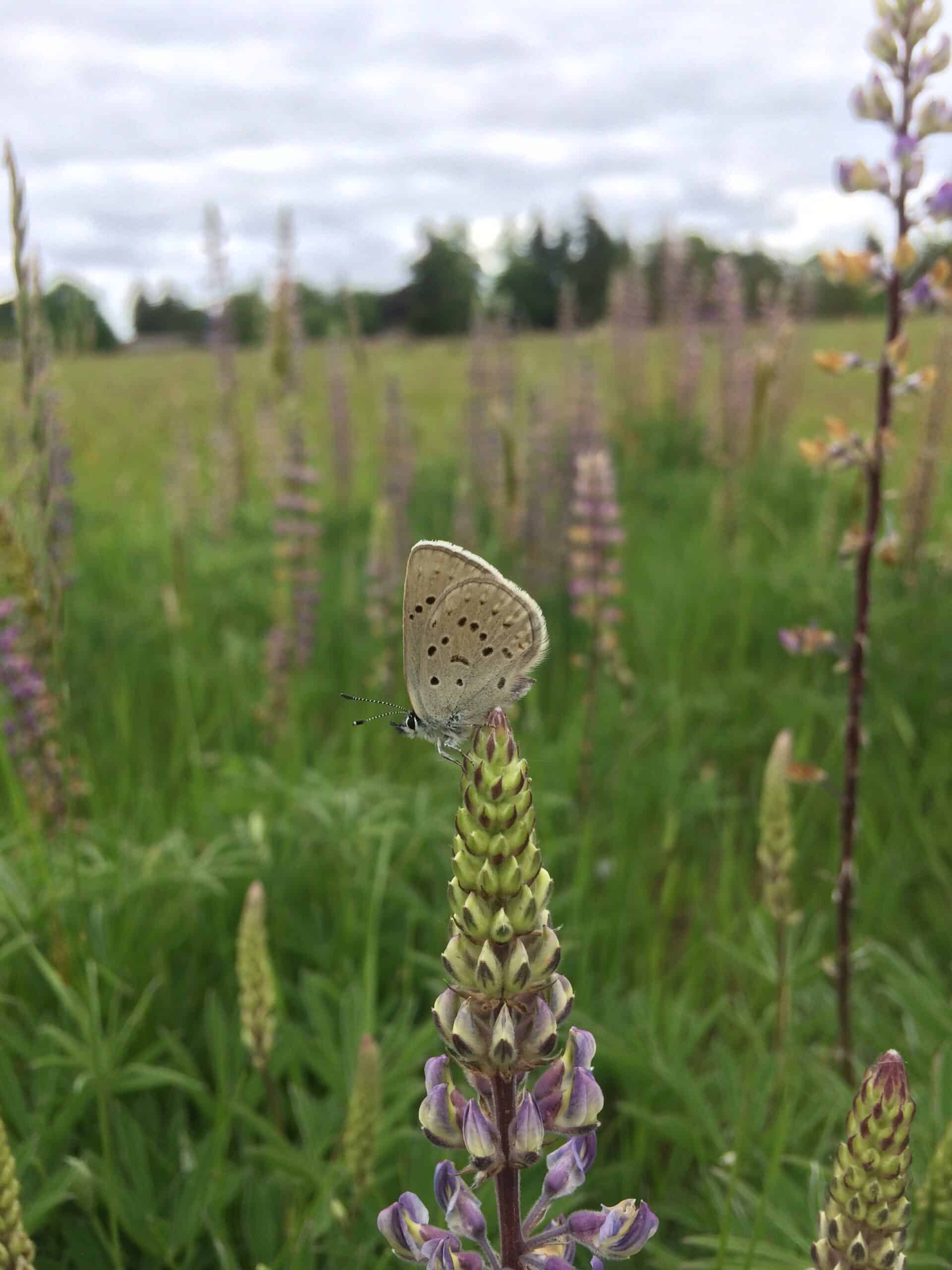Share this article
Uncovering the rufous hummingbird migration
One fall when Josée Rousseau was banding birds as a field technician at a station in Northern California, she was surprised to capture rufous hummingbirds. The species migrates from breeding grounds in Alaska and Oregon to wintering sites in Mexico, but California wasn’t known to be along the bird’s fall migration route.
“I just became more and more curious,” said Rousseau. So with some original funding from Western Hummingbird Partnership, then as part of her PhD research at Oregon State University, she set out to find out more about the tiny birds’ migration and what it might mean for the declining species.
She led a study published in Avian Conservation and Ecology looking at long-term records of every migrating rufous hummingbird (Selasphorus rufus) ever banded to determine their migration patterns and uncover how these changed due to sex and age.
When it came to collecting long-term, large-scale data, Rousseau was in luck. “In North America, all of the people capturing birds, regardless of the bird species they are banding, receive their bands from the USGS Bird Banding Lab. In return, they have to give the Bird Banding Lab back data including age and sex,” she said. “I think it’s a huge treasure of information to tap into if you’re interested in large-scale patterns.”
Rousseau and her colleagues already knew from local studies that adult males, adult females and young birds started their migration at different times. The bird banding data confirmed that.
When they looked deeper, they found that the routes the birds took changed based on their age and sex.
“Adult males were migrating first on average, but they seemed to be using a much more eastern route than any other age-sex category,” she said.
Mature hummingbirds usually migrated through the Rockies. Young birds, regardless of sex, migrated more westerly. “A lot of them were migrating through California — much more than the adults,” she said. That explained the rufous hummingbirds she captured as a technician. They also found that adult females tended to have a southbound migration route that was parallel to and between those of young and adult males.
Rousseau said she hopes to learn more about why there are differences in migrations based on age and sex, but she suspects climate and plant phenology may play a role. Males leave two weeks before females, and three to four weeks before young birds. “When you think about when plants are flowering and when storms are coming in the fall, that must have an impact on the hummingbirds as they’re migrating,” she said. “I suspect this might have something to do with the selection of migration routes.”
Rousseau and her colleagues hope the research provides more information about the declining species, especially since birds often have a lower survival during migration.
“If you combine the fact that they’re a declining species and migration is one of the riskiest stages in their life, adding information about their migration is super relevant to conservation,” she said. “If different ages or sexes are encountering different conditions of climate or plant phenology, they may be affected differently and have different survival rates.”
Header Image: Rufous hummingbirds make long annual migrations, but the route and timing depends on the birds’ age and sex. Credit: Jim Livaudais








